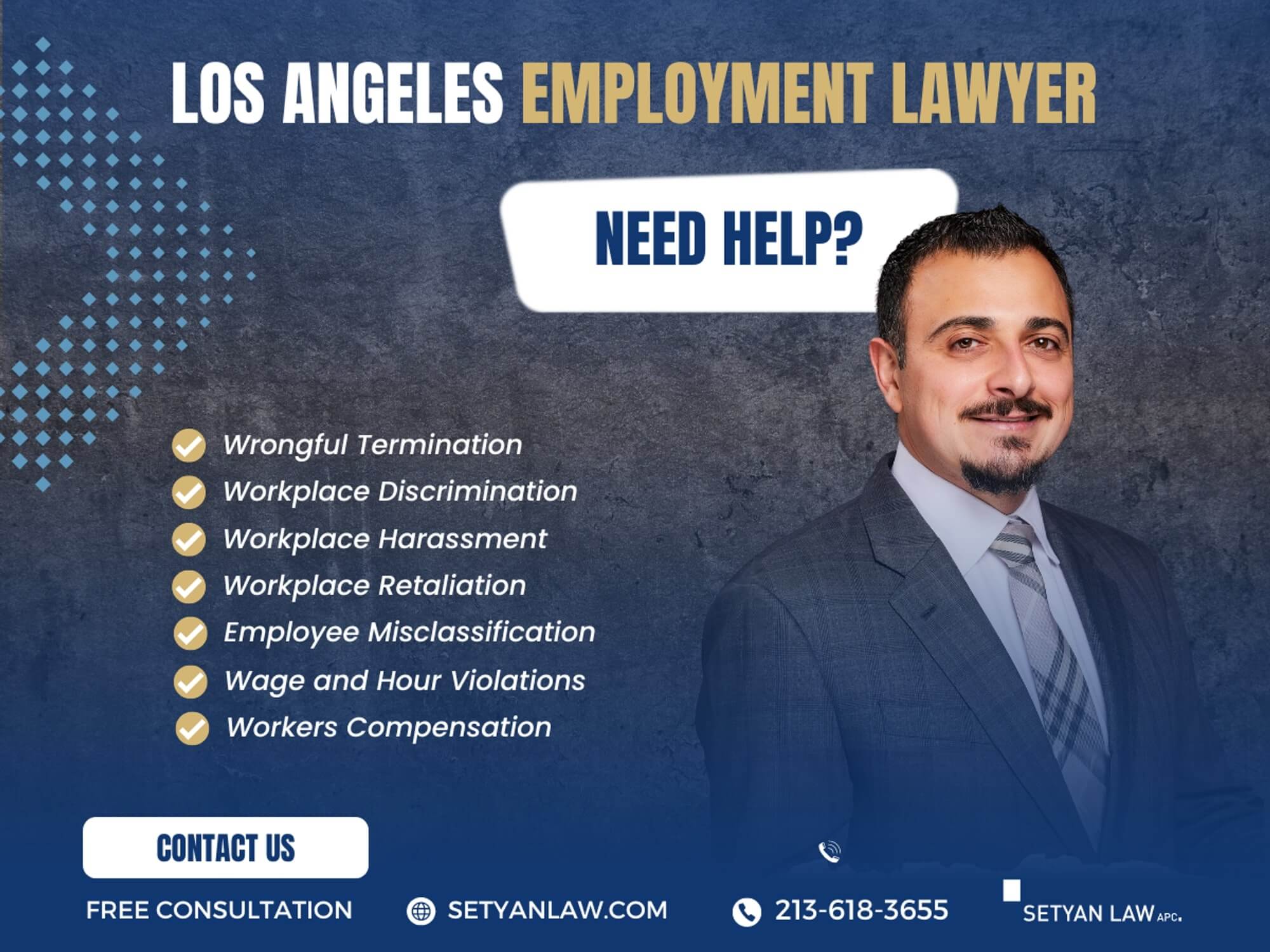Updated April 3, 2025
Understanding Leaves of Absence: A Comprehensive Overview
In today’s dynamic work environment, the concept of a leave of absence (LOA) has become increasingly relevant. Employees may require time away from their duties for various reasons, ranging from personal health issues to family responsibilities or even educational pursuits. Understanding the intricacies of leaves of absence is essential for both employees and employers to ensure compliance with labor laws and to foster a supportive workplace culture. This article will explore the various types of leaves of absence, their legal implications, and best practices for managing them.
What is a Leave of Absence?
A leave of absence refers to an authorized period during which an employee is permitted to be away from work without facing penalties or job loss. This time off can be paid or unpaid, depending on the type of leave and the employer’s policies. Leaves of absence are typically categorized into several types, each serving distinct purposes and governed by different regulations.
Types of Leaves of Absence
Medical Leave: This type of leave is often utilized when an employee is unable to work due to a medical condition, injury, or surgery. Under the Family and Medical Leave Act (FMLA), eligible employees can take up to 12 weeks of unpaid leave for serious health conditions affecting themselves or a family member.
Parental Leave: Parental leaves are granted to employees who are welcoming a new child through birth, adoption, or foster care. While FMLA provides for unpaid leave, many companies now offer paid parental leave to enhance employee satisfaction and retention.
Bereavement Leave: This leave allows employees to take time off following the death of a loved one. While not universally mandated, many employers offer a few days of paid or unpaid leave to help employees cope during difficult times.
Educational Leave: Employees seeking further education or training may apply for educational leave. This can include attending classes, workshops, or seminars relevant to their professional development.
Military Leave: Employees who serve in the armed forces are entitled to military leave, which protects their jobs while they fulfill their service obligations. The Uniformed Services Employment and Reemployment Rights Act (USERRA) ensures that service members can return to their positions after their service ends.
Personal Leave: This type of leave is granted for personal reasons that do not fall under other categories, such as family matters, travel, or personal health that may not be serious enough to qualify as medical leave.
Sabbatical Leave: Some organizations offer sabbatical leave as a form of extended time off for employees to pursue personal projects, travel, or research, typically after a certain period of service.
Unpaid Leave: In situations where employees exhaust their paid leave options, they may apply for unpaid leave. This leave is typically subject to employer approval and may not guarantee job protection.
Legal Considerations Surrounding Leaves of Absence
Understanding the legal framework surrounding leaves of absence is crucial for both employees and employers. Various federal and state laws govern the rights and responsibilities associated with different types of leave.
Family and Medical Leave Act (FMLA)
The FMLA provides eligible employees with the right to take unpaid, job-protected leave for specific family and medical reasons. To qualify for FMLA leave, employees must meet certain criteria, including:
- Working for a covered employer (typically those with 50 or more employees).
- Having worked at least 1,250 hours in the past 12 months.
- Having worked at a location where the employer has at least 50 employees within a 75-mile radius.
Americans with Disabilities Act (ADA)
The ADA requires employers to provide reasonable accommodations for employees with disabilities, which may include time off for medical treatment or recovery. Employers must engage in an interactive process to determine appropriate accommodations.
State-Specific Leave Laws
In addition to federal laws, many states have their own leave regulations that may provide additional rights and protections. For instance, some states mandate paid sick leave or offer more extensive parental leave benefits than those provided under the FMLA.
Best Practices for Managing Leaves of Absence
Effective management of leaves of absence is essential for maintaining workplace productivity and employee morale. Here are some best practices for employers:
Clear Policies: Establish clear leave policies that outline the types of leave available, eligibility criteria, and procedures for requesting leave. This transparency helps employees understand their rights and responsibilities.
Training for Managers: Equip managers with the knowledge and skills to handle leave requests sensitively and in compliance with relevant laws. This training can help prevent misunderstandings and potential legal issues.
Documentation: Maintain thorough documentation of leave requests and approvals. This record-keeping can be invaluable in case of disputes or audits.
Communication: Foster open communication with employees regarding their leave needs. Encouraging employees to discuss their situations can lead to better understanding and support.
Flexible Options: Where possible, consider offering flexible leave options, such as part-time work arrangements or remote work, to accommodate employees’ needs while minimizing disruptions.
The Impact of Leaves of Absence on Workplace Culture
Leaves of absence can significantly influence workplace culture. Organizations that support employees during difficult times foster loyalty and commitment. Conversely, a lack of support can lead to decreased morale and increased turnover.
Employee Well-Being
Providing adequate leave options contributes to employee well-being by allowing individuals to address personal and family issues without the stress of job loss. This support can lead to higher job satisfaction and productivity upon their return.
Retention and Recruitment
Companies known for their generous leave policies are often more attractive to potential employees. In a competitive job market, offering robust leave options can be a key differentiator in recruitment efforts.
Conclusion
Leaves of absence are a vital aspect of employment that serves to protect both employees and employers. Understanding the various types of leave, their legal implications, and best practices for management can create a more supportive and productive work environment. As workplace dynamics continue to evolve, organizations must remain adaptable and responsive to the needs of their workforce. By prioritizing employee well-being and ensuring compliance with relevant laws, companies can foster a culture of trust and loyalty that benefits everyone involved. If you have any questions feel free to contact our leave of absence attorney.
Call Setyan Law at (213)-618-3655 to schedule a free consultation.






